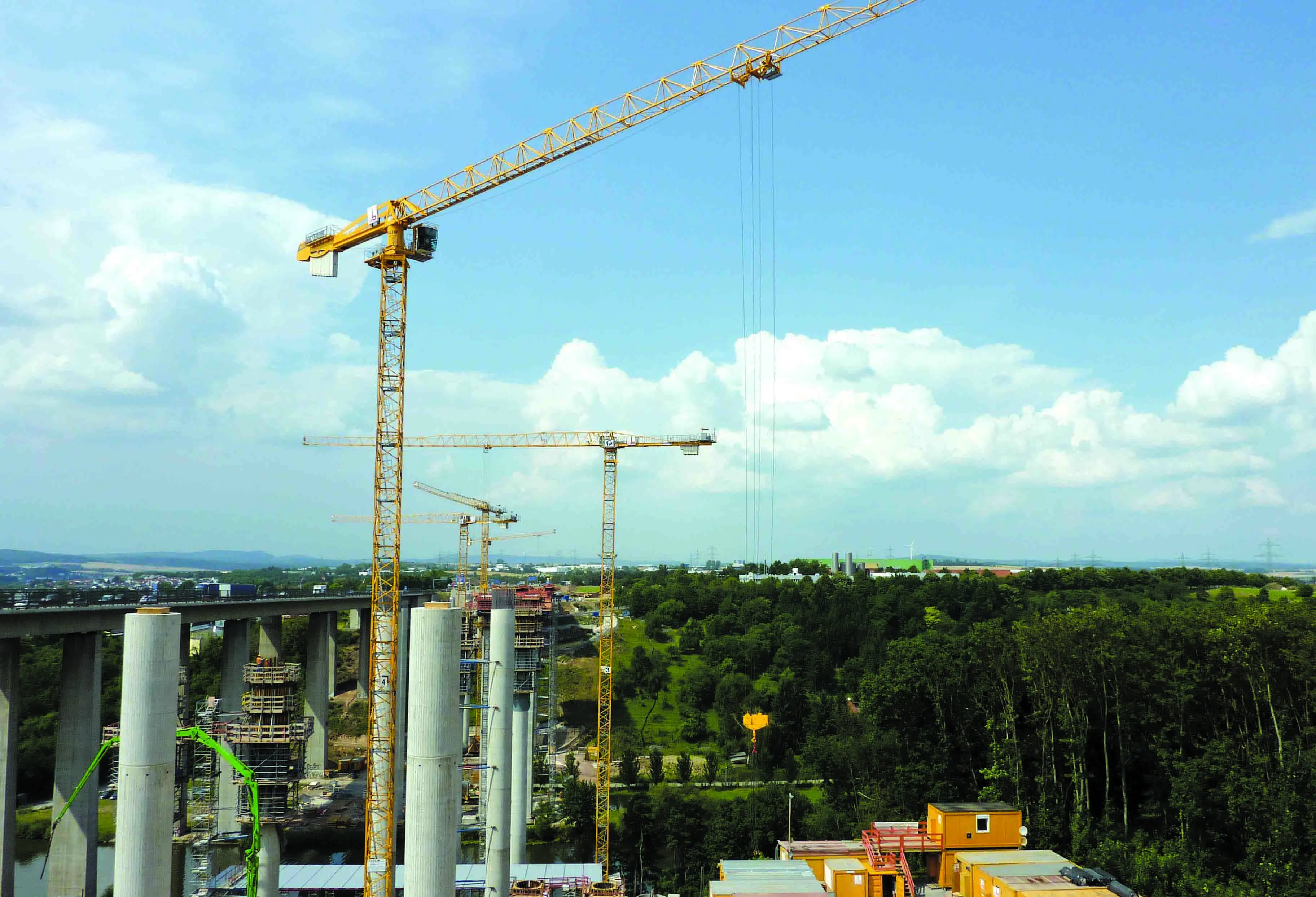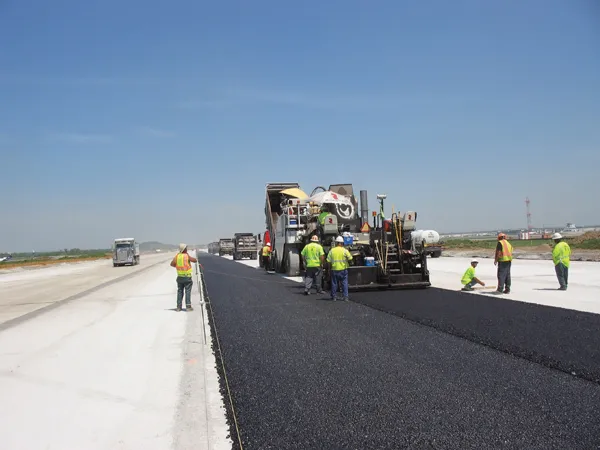Work is starting on the Dos Hermanos Bridge that links Old San Juan to other sections of the city in Puerto Rico.
April 24, 2012
Read time: 2 mins
Work is starting on the Dos Hermanos Bridge that links Old San Juan to other sections of the city in Puerto Rico. The project was inaugurated by Federal Highway administrator Victor Mendez and other officials including Puerto Rico governor Luis Fortuño. Mendez also announced a US$10 million Transportation Investment Generating Economic Recovery (TIGER) grant for the Caparra Interchange Reconstruction Project in Guaynabo. The project will rehabilitate one of the most heavily used interchanges in Puerto Rico and make significant improvements to road and pedestrian infrastructure. "There are steps we can take right now to put people back to work," US Transportation Secretary Ray LaHood said. "One of these steps is getting job-creating projects funded and under way more quickly, which is exactly what we're doing right here, right now, with our TIGER programme." The Dos Hermanos Bridge connects the sectors of Condado, Miramar, and the Old San Juan historic district and carries 10,000 vehicles/day. "This is a perfect example of why we need to put federal dollars to work to improve infrastructure and create jobs now," Mendez said. "Roads and bridges are the backbone of a healthy economy, and when they are neglected, our economy suffers as well." The previous bridge was damaged due to the harsh marine environment that corroded the steel. The new bridge was developed with concrete that is designed to withstand San Juan's marine conditions. The new bridge includes wide sidewalks with pedestrian railings and a new bicycle lane to improve safety. At $44.7 million, including $38.3 million in federal highway dollars, the Dos Hermanos Bridge is the largest current federal-aid highway project in Puerto Rico. The Caparra Interchange Reconstruction Project in Guaynabo is one of 46 transportation projects in 33 states and Puerto Rico that received a total of $511 million from the third round of the 2364 US Department of Transportation's TIGER programme.









